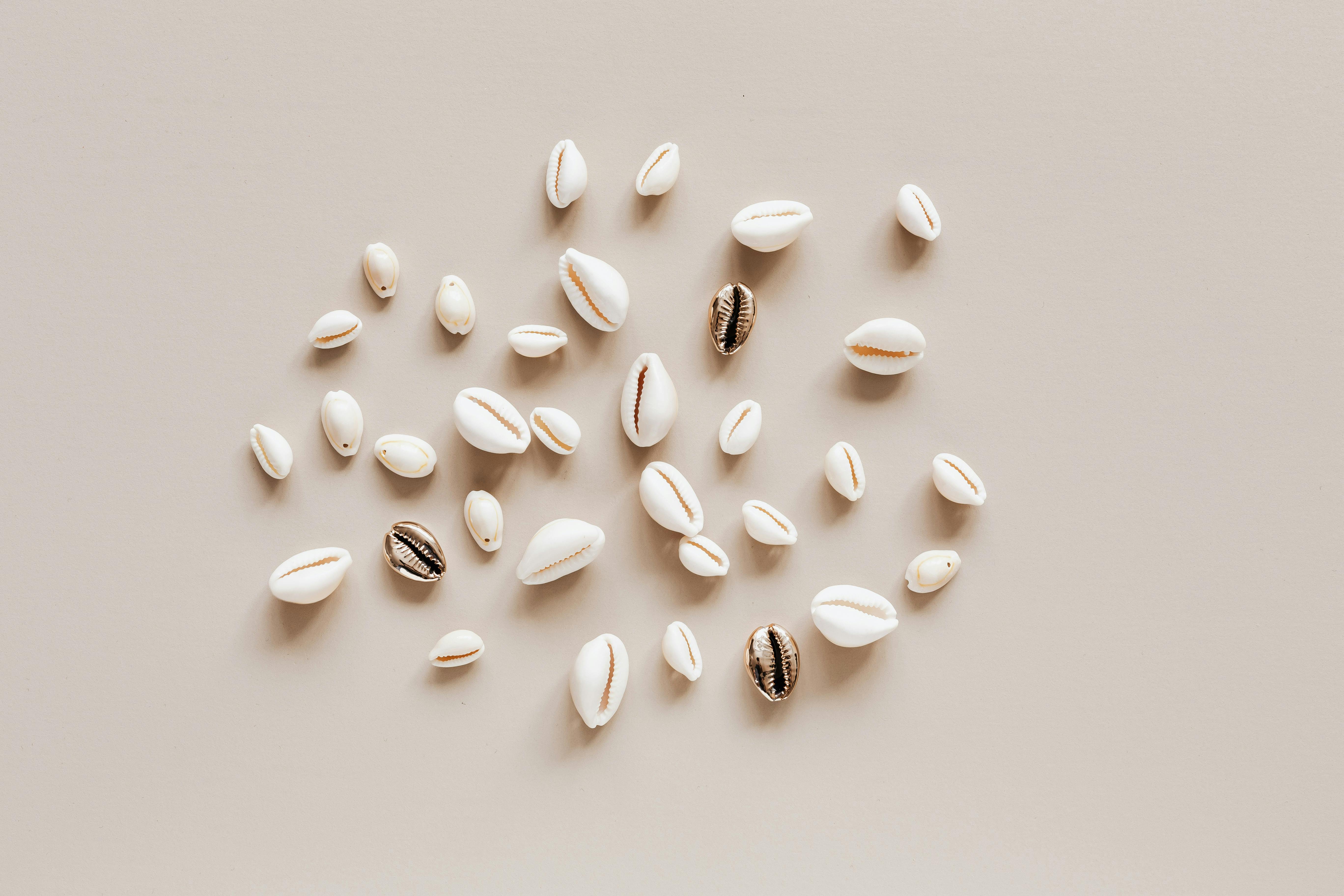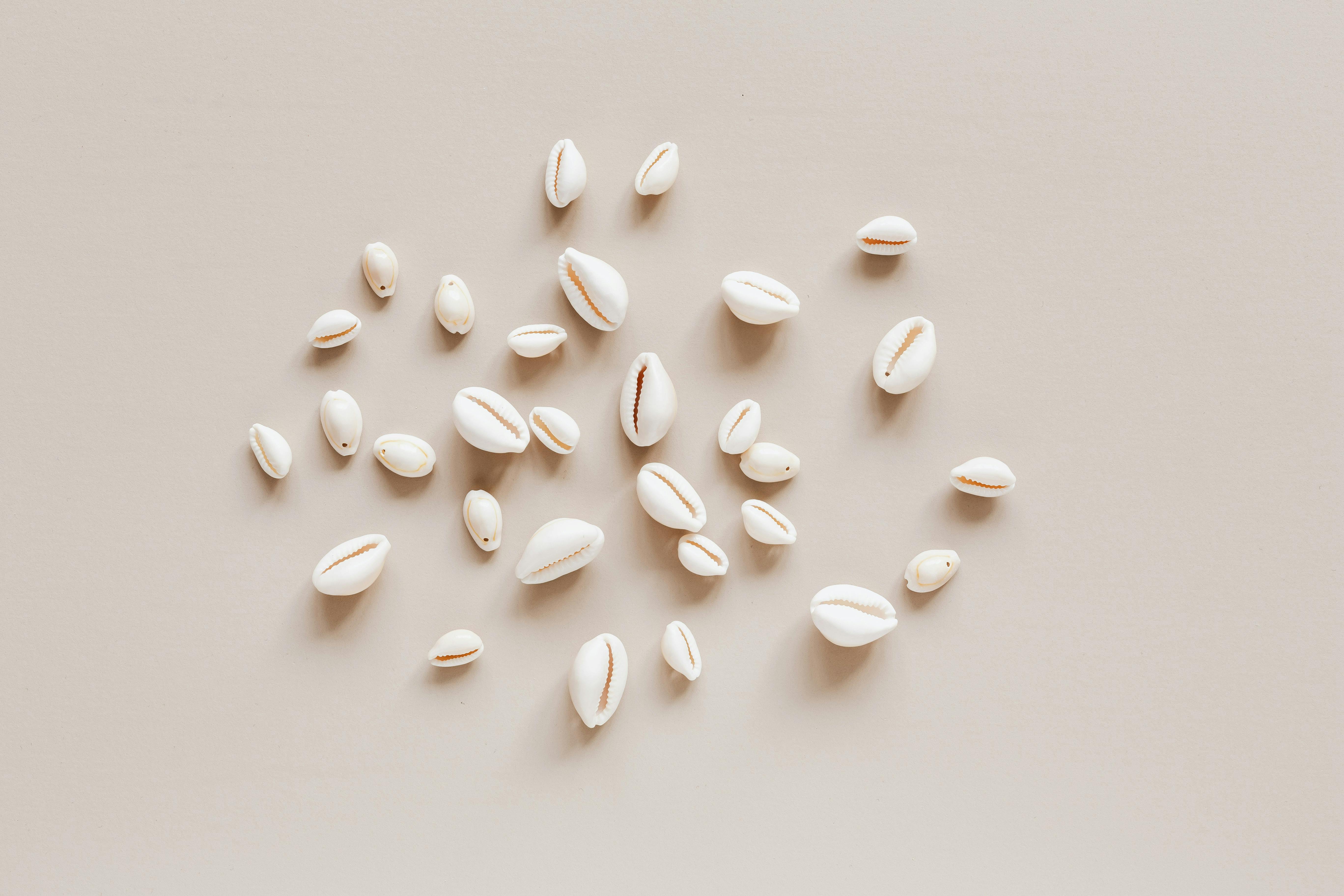White vinegar and distilled malt vinegar are both acidic liquids that have a variety of uses in the kitchen. While they share some similarities, there are also some significant differences between the two. In this article, we’ll take a look at what makes white vinegar and distilled malt vinegar unique, their uses in cooking, and how you can tell them apart.White vinegar, also known as distilled or spirit vinegar, is a clear liquid consisting of acetic acid and water. It has a pH level of 2.4-3.4 and has a sharp, acidic taste. It is commonly used in cooking, baking, cleaning, and many other household uses. It can also be used as a natural weed killer and to kill bacteria.
What is Distilled Malt Vinegar?
Distilled malt vinegar is a type of vinegar made from malted barley, which is a grain that has been allowed to germinate and partially sprout before being dried. The malted grain is then soaked in water and distilled to create a vinegar. This type of vinegar has a distinct flavor that can be described as slightly sweet, with a hint of maltiness. It can be used for cooking, baking, pickling, and other culinary uses. It’s also popular for use as an ingredient in vinaigrettes, sauces, and marinades. Distilled malt vinegar has been used for centuries in traditional British cuisine, but it’s becoming increasingly popular in other parts of the world as well.
Distilled malt vinegar is made by adding bacteria to the malted barley grains, which convert the sugars into alcohol and acetic acid. This process results in the distinct flavor associated with this type of vinegar. The acetic acid gives it its characteristic sour taste and its high acidity makes it ideal for use as a condiment or preservative. It’s also known for having antimicrobial properties that can help preserve food
White Vinegar and Distilled Malt Vinegar
White vinegar and distilled malt vinegar are both vinegar products, but they are actually quite different. White vinegar is made from distilled grain alcohol that has been combined with acetic acid bacteria. This type of vinegar is commonly used for cleaning, cooking, and pickling. It has a sharp, acidic taste that is often used to balance out flavors in food.
Distilled malt vinegar, on the other hand, is a type of vinegar made from malted barley or other grains. This type of vinegar has a milder flavor than white vinegar and is often used as an ingredient in salad dressings and marinades. It can also be used for pickling vegetables or adding a tangy flavor to dishes.
While white vinegar and distilled malt vinegar are both types of vinegars, they have distinctly different flavors and uses. White vinegar has a sharp, acidic taste that can be overpowering when used in cooking. Distilled malt vinegar has a milder flavor and is better suited for use as an ingredient in sauces or marinades. Depending on what you’re making, either type of vinegar may work well in your recipe – it
White Vinegar vs Distilled Malt Vinegar
White vinegar and distilled malt vinegar are two different types of vinegar that are commonly used in many recipes. White vinegar is made by fermenting grain alcohol, while malt vinegar is made from malted barley. Both vinegars have a sharp, pungent flavor and are used for pickling, marinating, and making sauces. They also have some minor differences that affect the taste and texture of the dish they are used in.
White vinegar is clear and has a milder flavor than malt vinegar. It is often used to pickle vegetables, add flavor to salads, and make sauces for fish and chicken dishes. Because it has a milder taste, white vinegar can be used in more subtle dishes or as a substitute for other vinegars when necessary.
Distilled malt vinegar has a darker color than white vinegar and a slightly stronger flavor. It is typically used for pickling vegetables and adding flavor to fish dishes. It also makes an excellent marinade for meats or can be mixed with spices to create flavorful sauces or dressings. Malt vinegar has a unique flavor that can enhance the taste of any dish it’s used in
White Vinegar a Type of Distilled Malt Vinegar?
White vinegar, also known as distilled vinegar, is made by fermenting grain alcohol, often from corn, then distilling it to produce a clear liquid. The acetic acid content in white vinegar is usually around 5-6%, making it relatively mild compared to other types of vinegar. While white vinegar is typically used for cleaning and pickling, some people use it as a substitute for malt vinegar when cooking.
Malt vinegar is made by fermenting malted barley, which gives it a slightly sweet flavor and dark color. Its acetic acid content is usually around 4-7%, making it slightly stronger than white vinegar. Malt vinegar is commonly used as a condiment in the UK and other parts of Europe, often served with fish and chips or other fried dishes. It can also be used in some recipes to provide an extra depth of flavor that plain white vinegar cannot offer.
So the answer to the question is yes – white vinegar can be considered a type of distilled malt vinegar because they are both made from grains that have been fermented and then distilled into a clear liquid with similar levels of acetic

Origin of White Vinegar
White vinegar is made through a process called acetification. This involves adding bacteria to a solution of ethanol and allowing it to ferment over time. The resulting liquid is then filtered and distilled, which removes impurities and gives it its characteristic sharp, acidic flavor. White vinegar has been used for centuries as a cooking and cleaning agent, as well as for medicinal purposes. It is believed to have originated in ancient China, where it was used to preserve food, as well as for cleaning and treating wounds.
Origin of Distilled Malt Vinegar
Distilled malt vinegar is made from grain-based alcohol, such as beer or whisky. It goes through a process of fermentation and distillation that gives it its characteristic taste and aroma. This type of vinegar has been produced in England since the 16th century. It was initially used mainly for pickling vegetables, but it is now also used in salad dressings, sauces, marinades, chutneys and other dishes. It can also be found in some packaged foods such as chips or crisps.
White Vinegar Production
White vinegar is made through a process of fermentation and oxidation of diluted alcohol. The alcohol is made from grains, such as corn, rye, or wheat. The alcohol is then mixed with water and bacteria known as Acetobacter. This bacteria converts the alcohol to acetic acid, which gives vinegar its sour taste and pungent smell. The acetic acid is then filtered and pasteurized to remove any remaining bacteria. Finally, the vinegar is aged for a few months before it’s ready for consumption.
Distilled Malt Vinegar Production
Distilled malt vinegar is produced by fermenting malted barley or other grain. This process produces ethanol, which is then oxidized into acetic acid using air or oxygen in the presence of bacteria called Acetobacter aceti. The resulting solution is filtered to remove impurities before being either pasteurized or aged for flavor enhancement. Aged malt vinegar may also be further matured in wooden casks for additional flavor development.
White Vinegar
White vinegar is a liquid that is made by fermenting distilled ethanol. It has a sharp, acidic flavor that can be used to add flavor and enhance the taste of many dishes. White vinegar is commonly used in pickling, marinades, dressings, and sauces. It has a neutral pH and can also be used as a preservative or cleaning solution. White vinegar also contains trace amounts of minerals such as calcium, magnesium, potassium, and sodium.
When it comes to its flavor profile, white vinegar has a strong acidic taste with hints of sweetness. Its aroma is pungent and slightly sour. White vinegar is commonly used to make condiments such as salad dressings, mayonnaise or ketchup. It can also be used to marinate meats or vegetables for longer periods of time due to its acidity level which helps to tenderize the food.
Distilled Malt Vinegar
Distilled malt vinegar is made from malted barley that is fermented with yeast and then distilled into an alcohol-based solution known as “spirit vinegar”. The malt

Conclusion
White vinegar and distilled malt vinegar are different products. White vinegar is made from a combination of acetic acid and water, while malt vinegar is made from malted barley. While the two types of vinegar have similar acidic qualities, they differ in taste and aroma. White vinegar is more pungent and acidic, while malt vinegar has a sweeter taste and a more pronounced flavor. Furthermore, white vinegar has many uses beyond cooking, including cleaning and gardening, whereas malt vinegar is mainly used as a condiment for various dishes. Ultimately, white vinegar and distilled malt vinegar are both useful products that serve different purposes.
It is important to note that not all vinegars are created equal. It is essential to read the labels of each product to ensure that you are purchasing the correct type for your desired purpose. Furthermore, when substituting one type of vinegar for another in recipes, it is important to consider the differences between them as this may affect the overall flavor of the dish.

